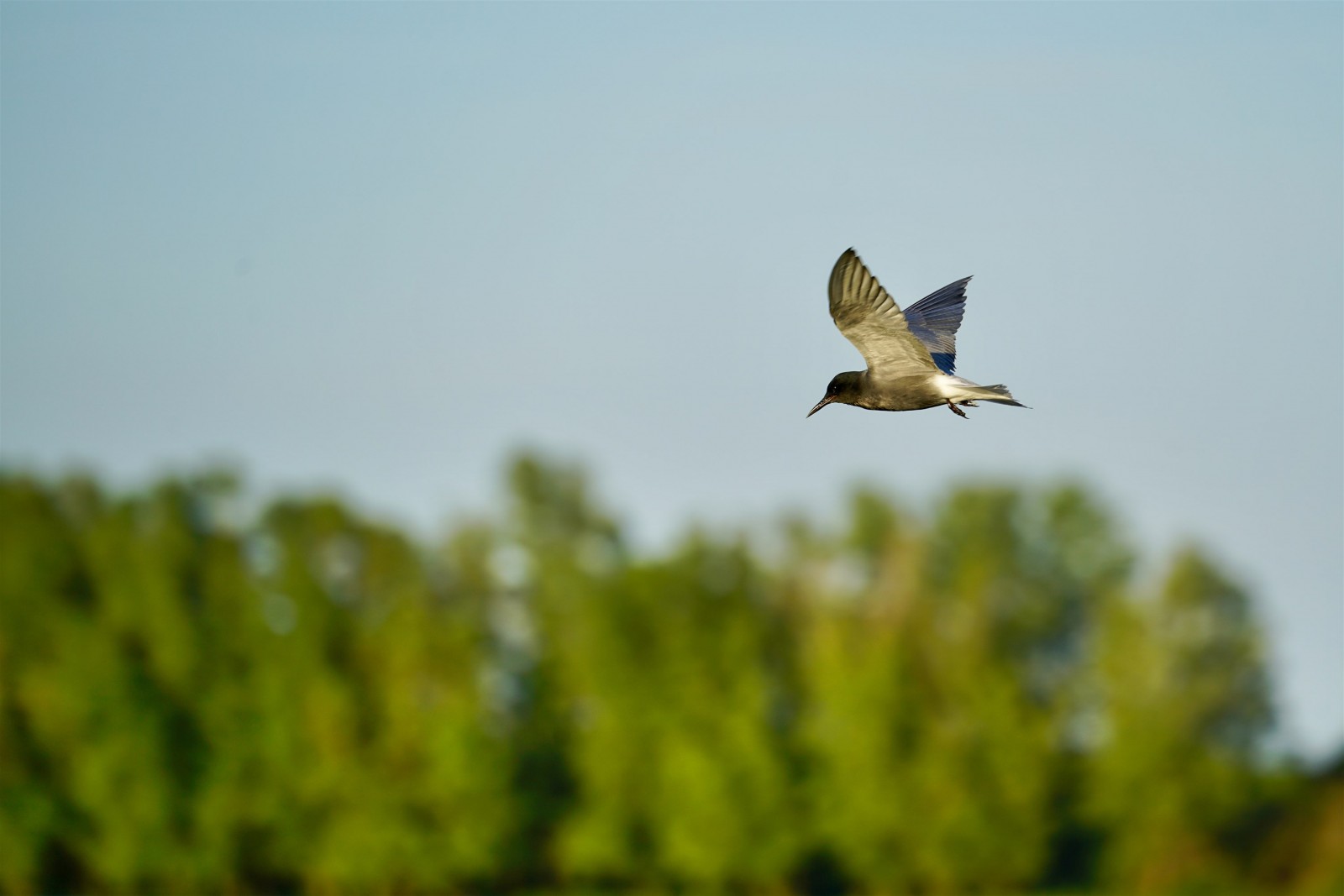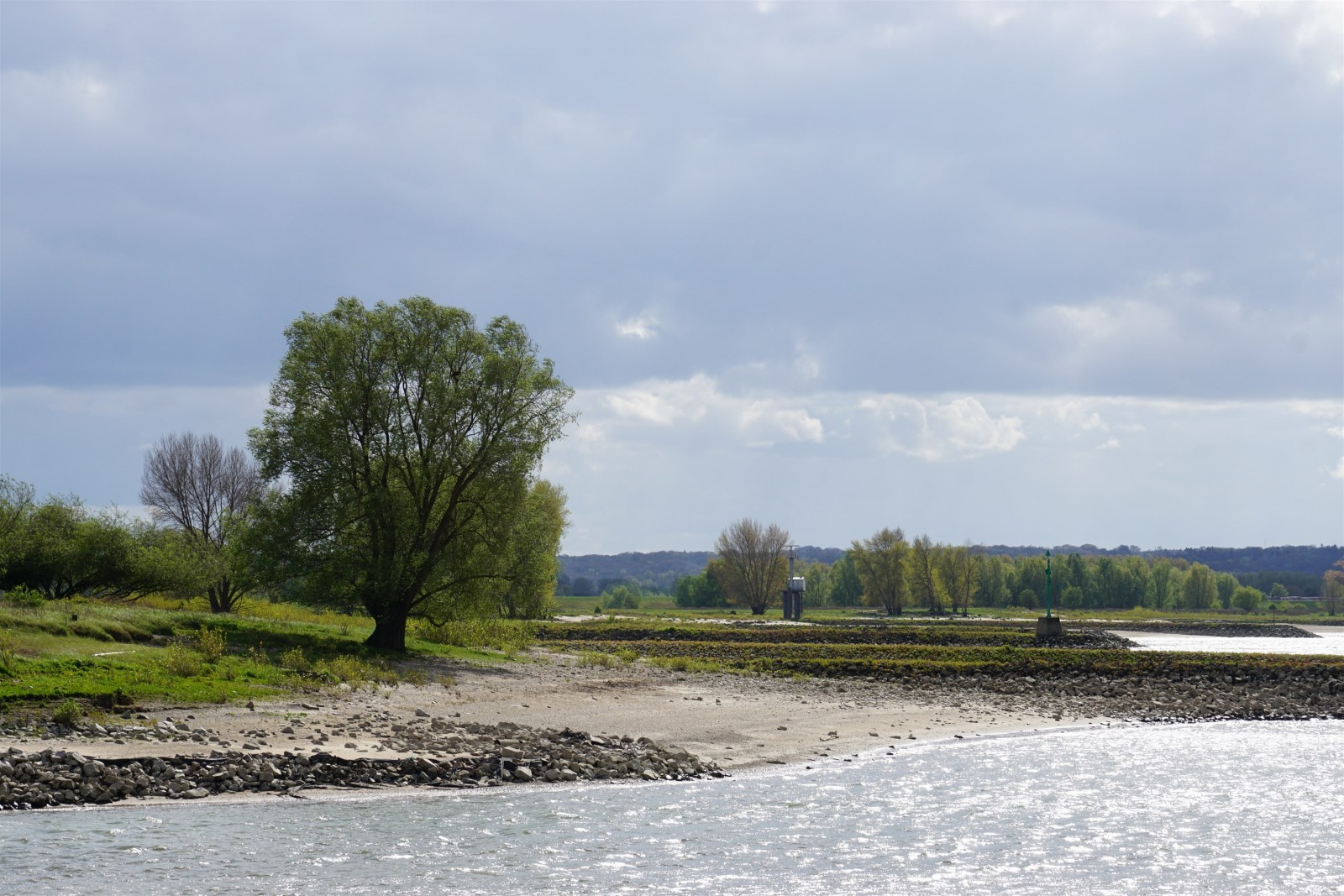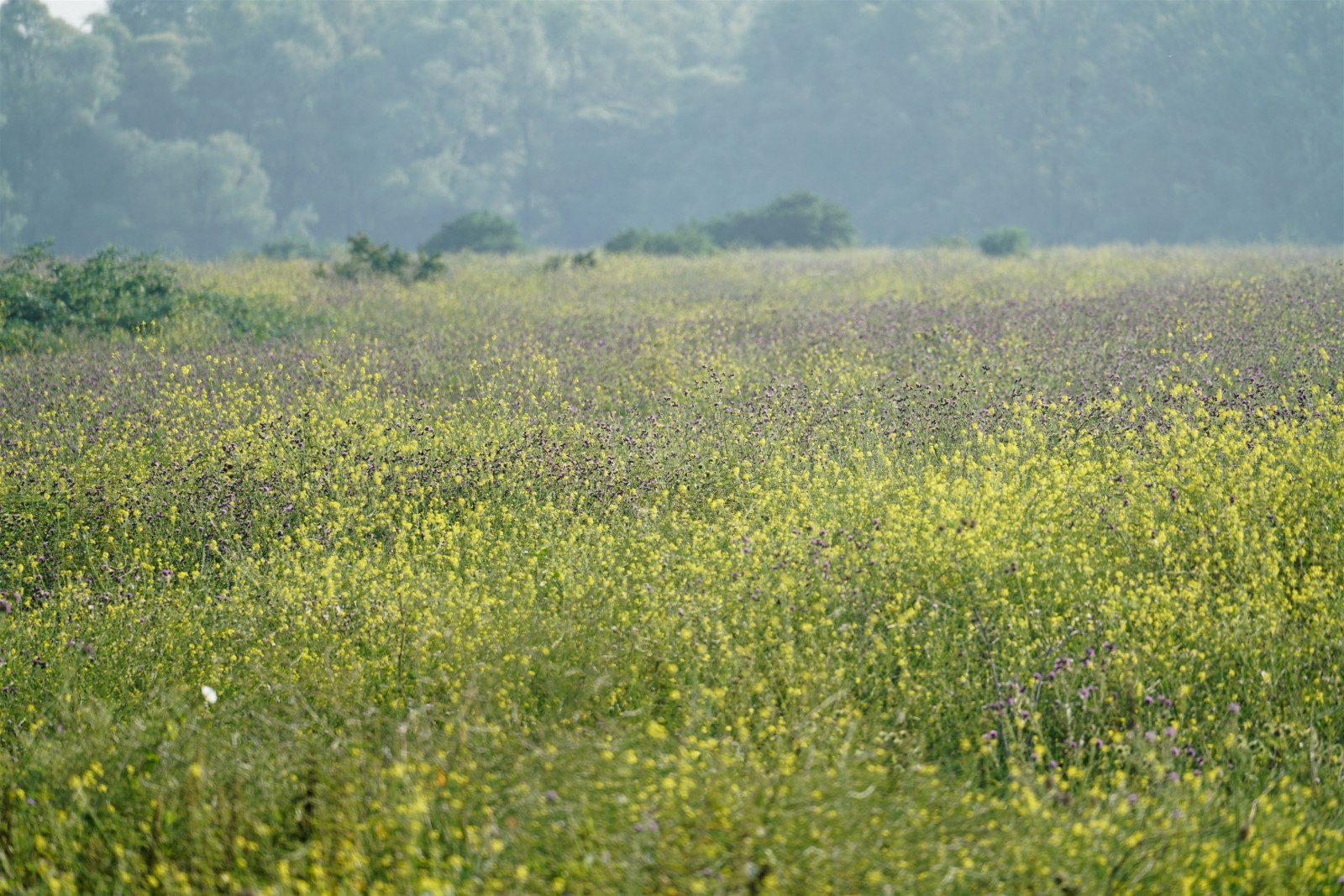Description
The Erlecomse Waard is a floodplan that gets reguraly flooded by the river. Different habitats like thickets with nettle and thistle, open grasslands, small patches of riverine forest, river dunes, and mud flats make this a very bird rich area. De kaliwaal, a lake, atracts many birds.
In the most western part of the Erlecomse Waard is a small lake with muddy shores most of the year. Many gulls can be seen between the river and the small lake, like Hettumáfur, Silfurmáfur, Stormmáfur, Sílamáfur, Svartbakur and Lónamáfur, Klapparmáfur and Klapparmáfur are regular visitors. In this part also many geese can be seen when they're not feeding on the inland agricultural land. Akurgæs (serrirostris) and Blesgæs are the most common ones in winter. Grágæs can be seen the whole year.
When you continue east you'll see year round grazed meadows and thickets that flower abundantly in summer. Seljusöngvari, Þyrnisöngvari, Engisöngvari and Þúfutittlingur are very common here.
At the lookout point you have an overview on the Kaliwaal, the lake and the Millingerwaard reserve in de distance. Often Haförn uses the trees at the backside of the lake to rest. During migration Gjóður hunt here. This is also the time to scan the shores for waders. Kolþerna that breeds in the vinicity come here a lot to hunt.
During winter many ducks can be seen on the lake, like Hvítönd, Gulönd, Grafönd, Rauðhöfðaönd. A real atraction are the big groups of Flatnefur that can be seen in spring, and especially in late summer and autumn.
_________________________
Nederlands: De Erlecomse Waard is een uiterwaard van de rivier de Waal in de Gelderse Poort. Vanaf de dijk heb je een prachtig uitzicht op dit natuurgebied met veel watervogels. Het is een overstromingsgebied dat regelmatig overstroomt door de rivier. Verschillende leefgebieden zoals struikgewas met brandnetels en distels, open graslanden, kleine stukjes rivierbos, rivierduinen en slikken maken dit een zeer vogelrijk gebied. De Kaliwaal, een meer, trekt ook veel vogels.
In het meest westelijke deel van de Erlecomse Waard ligt een klein meer met modderige oevers het grootste deel van het jaar. Tussen de rivier en het meer zijn veel meeuwen te zien, zoals Hettumáfur, Silfurmáfur, Stormmáfur, Sílamáfur, Svartbakur. Lónamáfur, Klapparmáfur en Klapparmáfur zijn vaste bezoekers. Ook in dit deel zijn veel ganzen te zien als ze niet op het binnenlandse landbouwgebied aan het foerageren zijn. Akurgæs (serrirostris) en Blesgæs zijn de meest voorkomende in de winter. Grágæs is het hele jaar te zien.
Als je verder naar het oosten gaat zie je het hele jaar door begraasde weilanden en struikgewas dat in de zomer uitbundig bloeit. Seljusöngvari, Þyrnisöngvari, Engisöngvari en Þúfutittlingur komen hier veel voor.
Bij het uitkijkpunt heb je uitzicht op de Kaliwaal, het meer en het de Millingerwaard in de verte. Vaak gebruikt de Haförn de bomen aan de achterkant van het meer om uit te rusten. Tijdens de trek jaagt de Gjóður hier. Dit is ook het moment om de oevers af te speuren naar steltlopers. Kolþerna die in de omgeving broedt komt hier veel jagen.
In de winter zijn er veel eenden op het meer te zien, zoals Hvítönd, Gulönd, Grafönd en Rauðhöfðaönd. Een echte trekpleister zijn de grote groepen Flatnefur die in het voorjaar, en vooral in de nazomer en herfst, te zien zijn.
Details
Access
The reserve is strictly protected and is not accessible. From the dike bordering the reserve you have a perfect overview.
_________________________
Nederlands: Het natuurgebied is streng beschermd en niet toegankelijk. Dat is ook niet nodig want vanaf de dijk die aan het gebied grenst, heb je een perfect overzicht.





.jpg)
